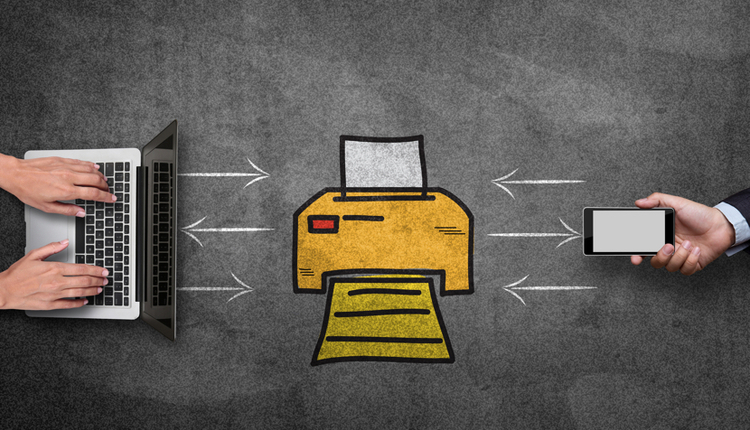The term "capture" covers the combined processes of document scanning, image correction, recognition of text, barcodes and form fields and, finally, output to an appropriate format for subsequent processing or archive storage. For 20 years or more, capture has been the entry point for document store-and-retrieve systems and increasingly for forms processing, workflow and BPM.
Traditionally, scanning and capture has been considered technically challenging. Achieving high throughput at minimum cost required specialist machinery and skilled staff, hence the prevalence of service bureaus and outsourcers, as well as the past reluctance to invest in capture technology; however, manual keying costs have been reduced by low offshore labor rates and cheaper communications, enabling a combination of onshore scanning, with offshore remote keying into corporate legacy systems.
Over the last five to six years, more reliable and more capable scanners, more automated capture processes and, in particular, the availability of a multi-function scanner/printer (MFP) in almost every office has led to a new model of distributed scanning that is local to the office staff processing the documents.
A recent AIIM survey report* compared strategies for outsourced, centralized and distributed scanning and concluded that there is a move back to in-house, centralized scanning operations, along with a greater investment in capture and recognition software to automate data capture and document indexing processes. Although outsourcing delivers cost and management benefits, quality of indexing and difficulty of integration back into electronic archives were reported by users as the biggest disadvantages. When questioned about their future strategy, users indicated that while there will still be some net increase in utilization of MFPs, centralized scanning is set for a considerable increase in popularity. Outsourcing is likely to hold its own, with some decrease in offshore scanning. Mailroom scanning of all incoming mail is also a popular strategy.
The report also identified a steady increase in the use of scanning and capture as an input to business processes, with 42% of documents now being scanned-to-process rather than scanned-to-archive. Proximity to the process and the level of integration with other enterprise systems become more important in these applications. Users find that distributed processing with departmental scanners and MFPs improves ownership by the process owners, but office staff and knowledge workers need training and encouragement to ensure accurate indexing — hence the view that centralized investment in better automation may prove more effective.
Despite these long-term, preferred strategies, sales of dedicated scanning hardware is set to drop next year, with MFPs just holding their own. Capture software and modules are the only areas of spend set to rise. As with previous AIIM reports, utilization of scanning and capture across a range of business processes has produced an investment payback of 18 months or less for 66% of users. This in its own right is a very positive business justification, but users also felt that improved findability of documents for knowledge sharing and e-discovery were of equal benefit.
Despite reducing the level of paper stored in records archives, half of the documents scanned are born digital directly from a printer, and 25% of scanned documents are photocopied before being sent off for scanning. Only 31% are destroyed after scanning, indicating reluctance by users and organizations to lose sight of mission-critical documents; however, the number of users who reported a decrease in the volume of paper and photocopies as a result of scanning was the same as the number who reported an increase. There is evidence that users are still wary of the legal admissibility of scanned documents and that they find scanners more intimidating than printers.
DOUG MILES [www.aiim.org] is the director of market intelligence for AIIM, an international community that provides training, research and best practices to help organizations find, control and optimize their information.
*The full AIIM research report entitled "Document Scanning and Capture: Local, Central, Outsource — what's working best" is free to download.





![GettyImages-1211616422-[Converted]](https://cms-static.wehaacdn.com/documentmedia-com/images/GettyImages-1211616422--Converted-.2413.widea.0.jpg)


